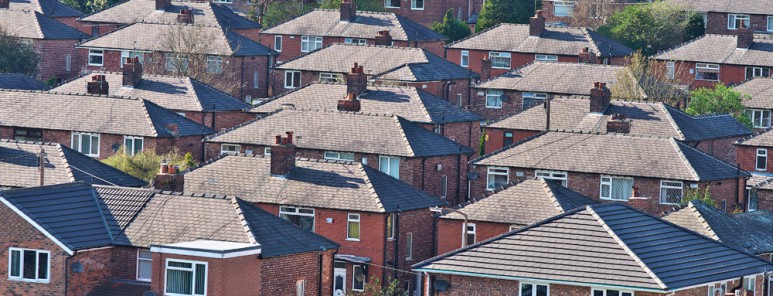Chimney fires can be extremely dangerous – with the most common causes being infrequent sweeping and cleaning, burning the wrong wood and leaving logs to burn or smoulder overnight.
To reduce your risk of a chimney fire, here’s our top tips:
- Have your chimney swept, by a registered chimney sweep, on a regular basis
- Ensure the wood you are burning has a moisture content of less than 17 percent
- Store all fuel away from your open fire or stove
- Ensure your appliance is the right size for your room
- Never use petrol or paraffin to light your fire
- Do not overload the grate or appliance
- Pay attention to, and follow, manufacturer guidelines
If you are in a rented property, remember that your landlord has a duty of care to maintain room and water heating equipment.
Open fires and stoves
We get lots of calls to incidents involving open fires and stoves. Used safely, these appliances can be a great addition to your home, but it’s important you follow our advice:
- Always use approved suppliers and fitters – do not take risks with these items
- Use fire guards or screens to protect against sparks and embers
- Make sure the fire is out before you go to bed at night, or leave the house
- Never interrupt the air supply by blocking air vents or air bricks
Chimney sweeping advice
It’s important that your chimney is swept according to the type of fuel you use:
- Once a year for smokeless fuel
- Twice a year for bituminous coal
- Quarterly for wood (when in use)
- Once a year for oil
- Once a year for gas
Carbon monoxide poisoning
Carbon monoxide (CO) gas can kill. All heating and cooking appliances fuelled by coal, wood, oil, gas or even smokeless fuel can cause CO poisoning.
The cause of CO poisoning is generally appliances that are poorly installed, incorrectly used or not maintained. This is why maintenance of these appliances is important, as is ensuring you use approved and reputable suppliers and fitters.
Early symptoms of CO poisoning include tiredness, drowsiness, dizziness, chest pains, nausea and flu like symptoms.
You can reduce the risk of CO poisoning by:
- Having appliances installed and serviced by approved engineers
- Following the advice in this leaflet around maintenance
- Having good ventilation in your property and around the appliance
And, most importantly, by having a carbon monoxide alarm in every room that you have an appliance.

